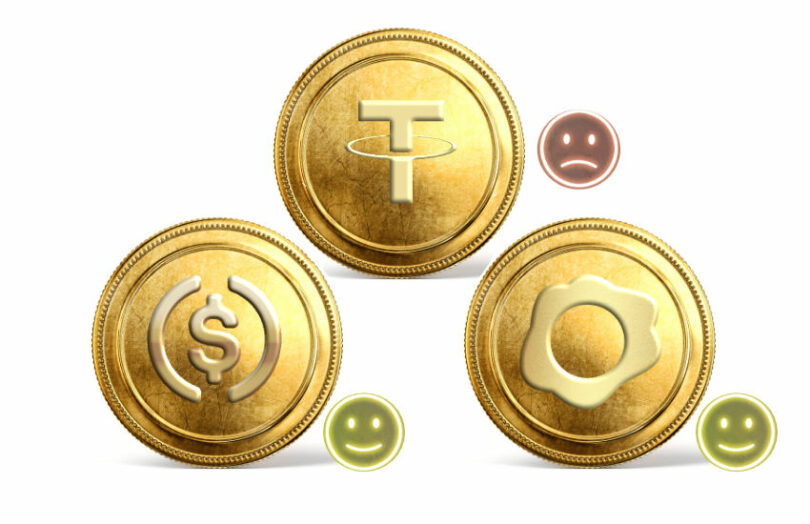Yesterday S&P Global unveiled ratings for eight stablecoins. On a grading out of five, three digital currencies scored a ‘strong’ rating of two – USDC, Pax Dollar (USDP) and Gemini Dollar. PayPal’s stablecoin was not assessed, likely because it’s too new. By far the largest stablecoin by market capitalization, Tether, scored a ‘constrained’ four out of five.
“As we look to the future, we see stablecoins becoming further embedded into the fabric of financial markets, acting as an important bridge between digital and real-world assets,” said Lapo Guadagnuolo, senior analyst at S&P Global Ratings.
“Nonetheless, it’s important to acknowledge that stablecoins are not immune to factors such as asset quality, governance, and liquidity. Our evaluations consider a variety of elements that can cause them to depeg below or above their targeted value.”
Article continues …

Want the full story? Pro subscribers get complete articles, exclusive industry analysis, and early access to legislative updates that keep you ahead of the competition. Join the professionals who are choosing deeper insights over surface level news.






